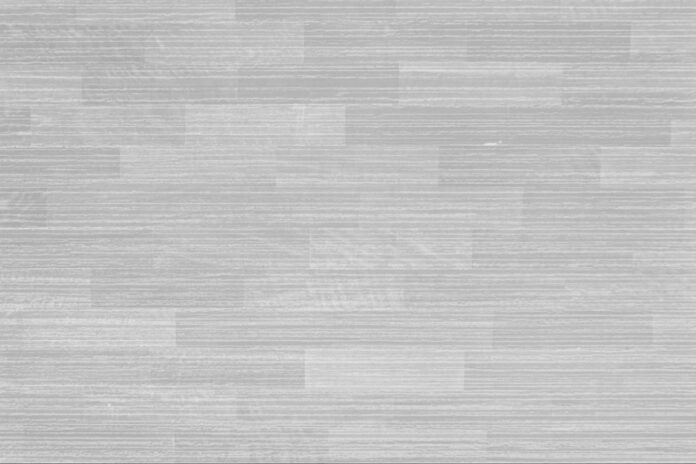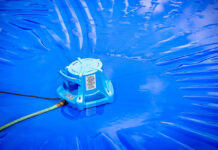Vinyl tiles are popular in bathrooms, mudrooms and kitchens because they are stain-resistant and easy to maintain. They can be easily cleaned by sweeping and mopping. They also offer an alternative to ceramic tile flooring.
They come in sheets or in tile form and are designed to resemble stone and ceramic tile. Some styles have a composite layer that includes pulverised stone dust for more realism.
Easy to install
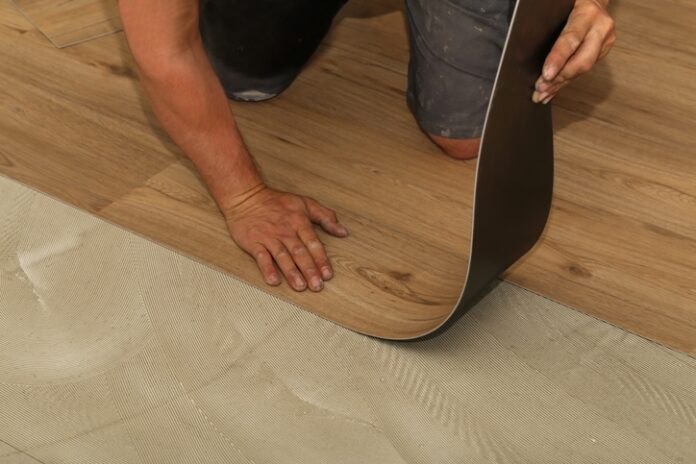
Vinyl floor tiles are one of the most accessible floor types to install in the UK marketplace, allowing do-it-yourselfers to lay their own floors without the expense of a contractor. Unlike linoleum, which is prone to cracking and peeling, vinyl tiles are durable, easy to clean, and can be installed over various subfloors. They come in interlocking or groutable styles and are available in several designs. Whether you choose vinyl sheets, tiles or planks, you’ll find that installing them is a quick and easy project that will add to the value of your home.
To get started, determine how you want to run your tile rows. For a seamless installation, you should always leave 1/4-inch of space between your wall and any tiles. You can do this by measuring the length of your room or using a laser measure to help you mark the walls. Once you’ve determined your row’s direction, ensure your trowel notch size is compatible with your floor-tile adhesive. If you’re using a solvent-based adhesive, be sure to open all the windows and use a mask.
Next, prepare the floor for tiling by covering it with a sheet of plywood underlayment secured with 1 1/4-inch flooring screws. You should also remove any door case moulding that protrudes from the room’s edges and set it aside for re-installation after the vinyl has been laid.
Easy to maintain
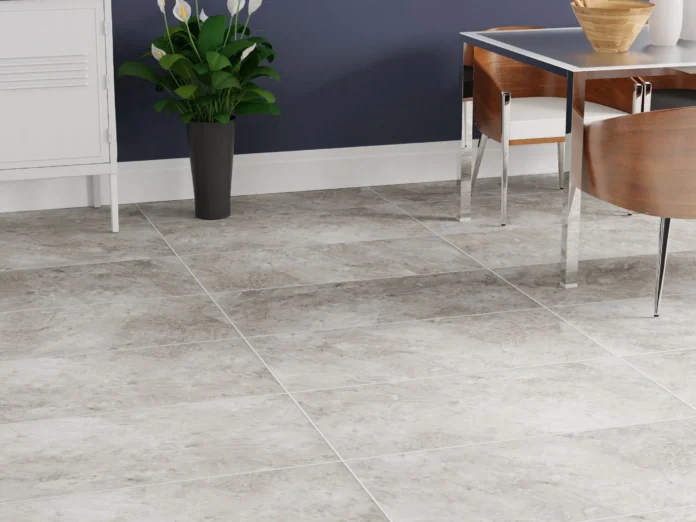
Many people choose vinyl for its ease of maintenance. It can be cleaned with mild detergents and is less likely to hold onto stains than carpets, especially those made from oily fabrics. It is also highly resilient to impact damage and can be refinished with chemical strippers and buffing equipment.
Luxury vinyl tile (LVT) is a popular flooring choice for homeowners and businesses. It comes in various styles that closely mimic hardwood floors, stone tiles, or even ceramic tiles. It’s an excellent choice for homes with kids or pets, as it is more resistant to scratches from pet claws and everyday traffic. However, installing soft felt pads on furniture feet is essential to protect your vinyl floors from permanent indentations.
The protective urethane layer atop LVT is water-resistant, so it doesn’t need to be sealed unless you want to change the sheen or improve its slip resistance. You should avoid using abrasive scrubbers or steel wool, which can scratch the surface. Scratches and scuffs can usually be buffed away with a melamine pad.
For the best results, you should use a mop and bucket of warm water with a mild detergent or a solution of vinegar and water. Then, rinse and extract the rinsing water as much as possible. Avoid using cleaning products that contain abrasive cleaners or waxes, as they can damage the floor and cause permanent discolouration.
Easy to clean
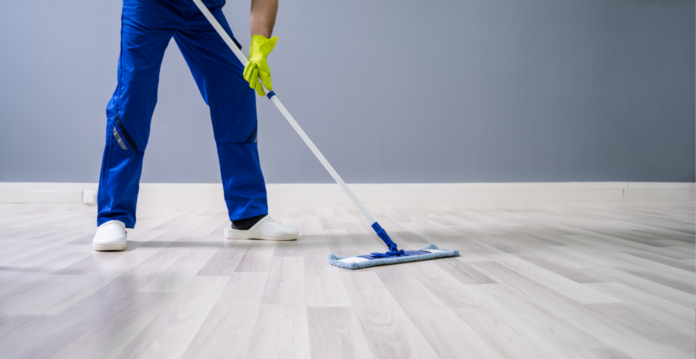
Vinyl is one of the most popular flooring materials in the UK marketplace. Its popularity stems from its versatility and ease of cleaning. It is water- and stain-resistant and comes in various colours, sizes and patterns. It can also be arranged to closely resemble stone tiles, such as Thassos marble tiles, for an elegant look. The floor can be installed in a traditional glue-down process or with self-adhesive tiles. The latter is a popular option among DIYers.
To keep your vinyl floors clean, regularly sweep or vacuum them. Spills should be wiped up as soon as they occur to avoid permanent staining. You can use a commercial vinyl cleaner or a homemade solution made from vinegar and water for a more thorough cleaning. For tough stains, rubbing alcohol or acetone nail polish remover can help lift the discolouration without damaging your vinyl flooring.
A melamine pad or sponge will remove minor scuffs from your vinyl floors without scratching them. For major scuffs, try buffing them with a popular canned lubricant. These products are safe to use on vinyl and can be found in most homes. Avoid using abrasive scrubbers or detergents, which can damage the floor’s finish and etch the surface.
Easy to repair
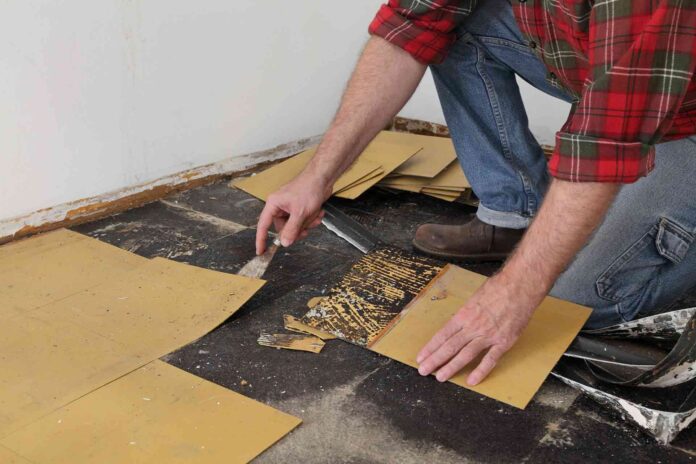
Vinyl is durable, sound-deadening and easy to clean. It is also relatively inexpensive. However, it can become scratched and dingy over time. Fortunately, vinyl can be repaired in a number of ways. Some techniques are more complicated than others, depending on the type of flooring. For example, sheet vinyl requires a custom-cut patch to repair the damage. But for vinyl tile and plank, repairing scratches is a simple matter of removing the damaged tiles and glueing in new ones.
To begin repairing a scratched or dingy vinyl floor, experts recommend starting by clearing the area of any furniture. Next, tape the good floors’ edges to protect them from your scraper and the solvents you’ll need for the job. Finally, spread a layer of tile adhesive over the surface with a trowel, if necessary. This step is necessary even on pre-glued vinyl, ensuring that the replacement tile will adhere to the existing floor.
After spreading the adhesive, wait a few minutes for it to set. Then, lay the replacement tile and press it firmly into place. Cover it with wax paper and weigh it down if you used mastic. Allow it to dry for 24 hours before traversing the newly repaired flooring. If you use a vinyl flooring kit, be sure to follow the instructions to get the best results. Some kits require that you mix a colour-matching paint, which can be tricky, but if done correctly, the repair will be indistinguishable from the rest of your floor.
